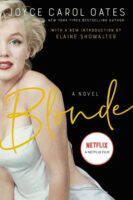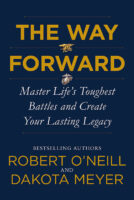
Review by Kevin Brown
Michael Harriot makes the point of Black AF History about as clear as he can in the title. The subtitle—The Un-Whitewashed Story of America—removes any remaining doubt. Some of the history will be familiar to most readers, though the angle Harriot takes won’t be. For example, when he refers to at least one elected official as a serial killer, what he means is that they were an active member in the KKK. He wants readers to see what they think they already know for the reality that it actually is: leaders in the KKK killed numerous Black people, so they’re serial killers. He also presents history that isn’t taught in any high school (or most college) classes, and he does an excellent job of focusing on Black women who aren’t named Rosa or Harriet.
Given that Harriot isn’t an historian by training, his presentation (though not his research) is far from scholarly. At times, his Uncle Rob will supposedly interrupt a chapter and provide a slightly more colorful presentation; there are footnotes that are more side-eyes than clarifications; and there are at least two interviews with Racist Baby, a character that first showed up on Reddit.
He does structure the book like a typical history textbook, though, complete with supplemental materials and end-of-chapter quizzes, though those structural devices are more of a wink-and-nudge than anything else. Overall, Harriot doesn’t want his readers just to be informed; he wants them to be angry AF.
Black AF History by Michael Harriot. Dey Street Books, September 2023.
Reviewer bio: Kevin Brown has published three books of poetry: Liturgical Calendar: Poems (Wipf and Stock); A Lexicon of Lost Words (winner of the Violet Reed Haas Prize for Poetry, Snake Nation Press); and Exit Lines (Plain View Press). He also has a memoir, Another Way: Finding Faith, Then Finding It Again, and a book of scholarship, They Love to Tell the Stories: Five Contemporary Novelists Take on the Gospels. Twitter @kevinbrownwrite






